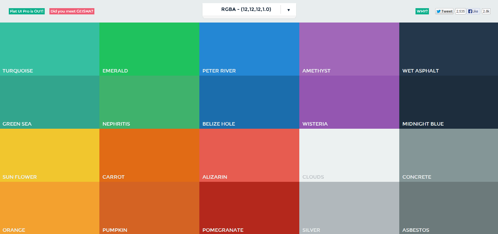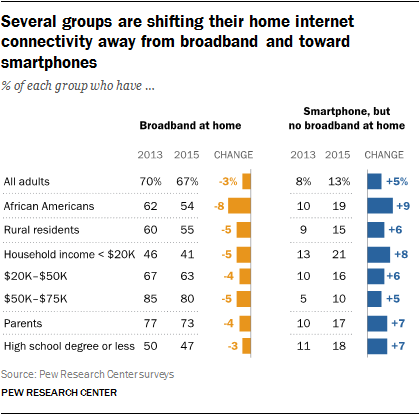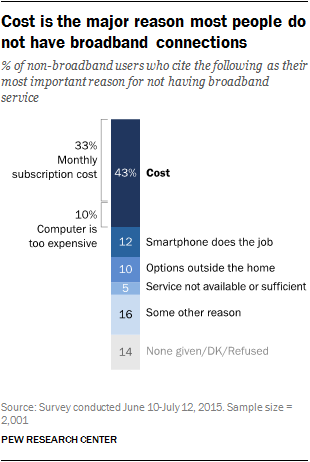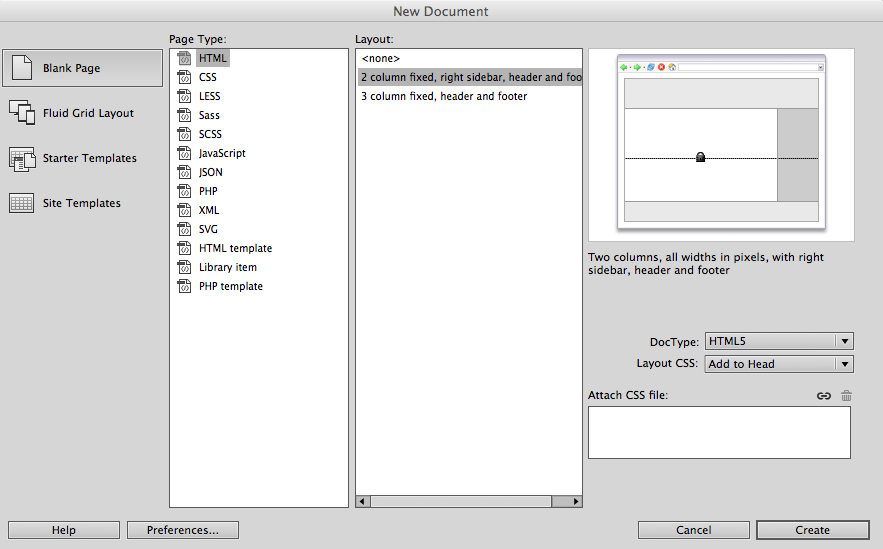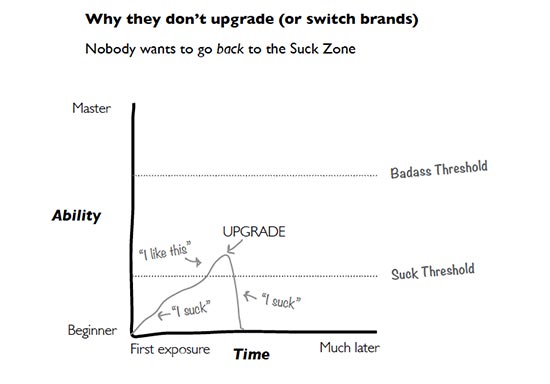Writing Interactive Fiction with Twine by Melissa Ford is from Que Publishing (2016). This book is part software manual, part writing workshop.
The software described in the book, Twine, is free to download. There are sites mentioned in the book where you can publish your completed interactive fiction. If you have your own web site, Twine stories can be published there.
If you loved the choose your own adventure books from a few years ago, this is the modern version of that type of storytelling.
Twine can be used to create more than stories. It can create games, puzzles, and role-playing games. It’s meant for game designers and game players who have lots of ideas of their own for exciting games. (I think it would also be a great way for people who love to write fan fiction to work their way into a more high tech approach to storytelling.)
In terms of writing advice, the book talks about story structure, character building, creating settings, balancing pacing and action, keeping players engaged, and the all important storytelling rule to “show, don’t tell.”
The approach to the software used in the book is step by step. You should read the book with Twine open on your computer so you can try out all the ideas and suggestions and learn how to write in the Twine languages.
The book instructs in the use of macros in a choice of Twine languages. It also explains how to create variables, conditional statements, and arrays. With the help of macros for history, either, random, click, mouseover, prompt, count, append, prepend, replace, remove and more, a user can create a complex and exciting interactive world. There are built-in Twine functions to control turns, display, actions and more.
A Twine writer can use HTML and some CSS to change fonts, backgrounds, sidebars, links and more. You can import Google fonts with the stylesheet. Twine lets you add images to your story.
If you are interested in creating interactive fiction or games that you can easily share with others, you should take a look at Twine as your software tool. This book will make you an expert user with an easy to follow, step-by-step approach.
Summary: Melissa Ford shows you how to create a game or puzzle using Twine software, and helps you be a better writer in the process.
A review by Virginia DeBolt of Writing Interactive Fiction with Twine (rating: 5 stars)
Disclosure: I received a free copy of this book from the publisher for this review. Opinions are my own. Links to Amazon are affiliate links. Here is my review policy.


